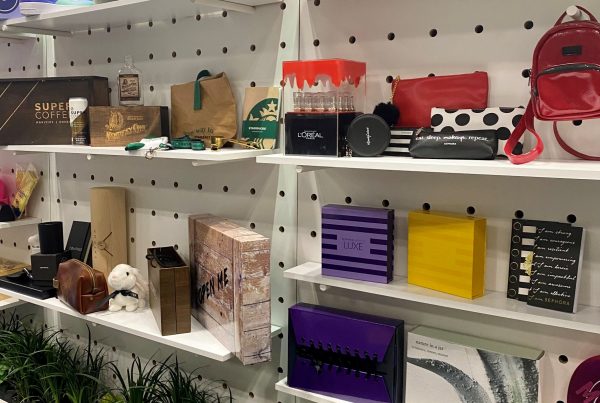How close are we to personalised packaging?
Personalisation is an ever-increasing phenomenon, further revolutionising the customer experience across a whole host of channels and sectors. Packaging plays a significant role in delivering a great customer experience; it is often the first thing customers see when interacting with the products and brands that they love. Therefore, it is unsurprising that personalised packaging is attracting a whole lot of attention amongst the packaging community, with many brands, FMCG leading the way, investing heavily in this fast developing capability.
A Growing Market
In a recent study by Packaging Europe, amongst 335 leading Brands, Retailers and Packaging Specialists, 66% of those surveyed stated that the personalisation of packaging is something that they are currently implementing or considering, with a further 89% stating that this trend would increase over the next 2 years.
Though the rate of increase in personalised packaging has been impressive, the size of the personalised packaging market ($6.1 billion) is still rather modest relative to the overall packaging market (approx. $850 billion). However, with an expected compound annual growth rate of 5.1% over the next 8 years, the personalised packaging market will continue to expand and in doing so, continue to transform the way products look and how consumers interact with them.
Personalised packaging offers a very simple but ultimately effective way of connecting with consumers through the use of the personal touch, forging a unique individual product-consumer relationship. It also creates value, allowing products to be sold at a higher price as was have seen with the Heinz ‘Get Well Soon’ campaign where personalised tins of soup were sold for double the price. Finally, a personalised product can fulfil long-term needs more effectively, serving as a method of determining future customer engagement.
Leaders in Personalisation
Various campaigns encouraging the transformation of both luxury goods and everyday items into personalised gifts has demonstrated a willingness amongst customers to pay more for these products. These include Coca Cola’s ‘Share a Coke’ campaign, and the personalisation of Nutella and Marmite jars. Nutella’s personalised packaging also showcases the extent to which personalised packaging is a global phenomenon; in their introduction in a department store in Victoria, Australia, personalised Nutella jars immediately became the top-selling Christmas item. Furthermore, with India being the next focal point of the ‘Share a Coke’ campaign, the role of the APAC region in demanding personalised packaging should not be underestimated.
The above examples indicate that personalised packaging is not only close, but already being used for a wide range of products. Whilst there is currently a willingness on the part of consumers to pay more for personalisation, it is uncertain whether this trend will continue in the future, leaving brands with a trade-off between charging higher costs and ensuring that customers continue to feel as though they are buying something that is differentiated with added value.
Overall, it is clear that personalised packaging is at an early stage but rapidly growing. As consumer needs and demands continue to change, the personalised packaging market will adapt accordingly, perhaps with personalised content on pack, along with recipes, ingredients and links to personalised websites and video. What is certain is that personalised packaging should be on every brands radar, with consumers driving the “mass personalisation” agenda for all channels, including packaging.
For more information on how Amnet can support your packaging initiatives please contact us at hello@weareamnet.com





